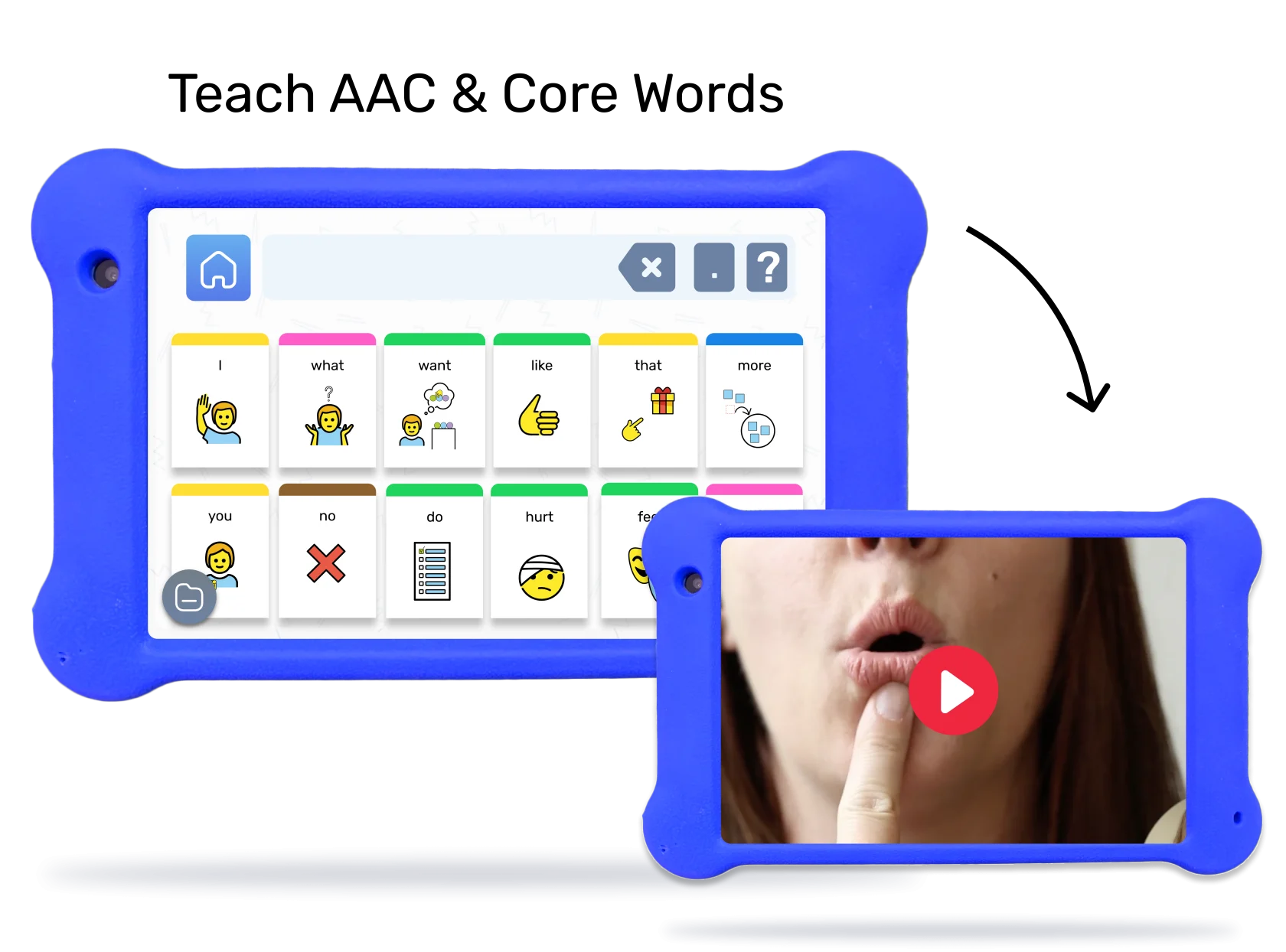Now, let’s dive into how language learning models work practically and how they can support language development in kids.
Here’s their magic spell:
- Analyzing Text: These models combine heaps of text data to figure out language patterns.
- Making Predictions: They flex their knowledge to anticipate the probable next word in a sentence.
- Building Sentences: They can weave brand-new sentences using these predictions!
To sum it up, language learning models act as fantastic language tutors. They study patterns, make clever guesses, and pull together sentences. For kids like Charlie, this turns language learning from a chore into an exciting exploration!














